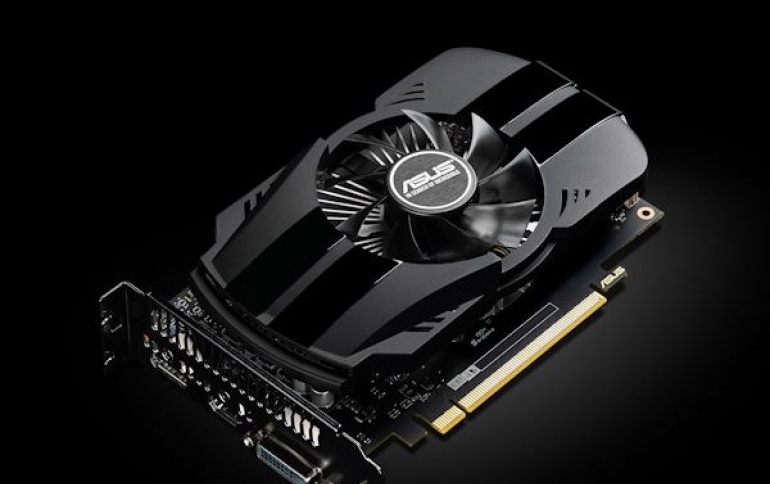
With the GeForce GTX 1650, Turing Now Starts at $149
Nvidia today launched worldwide the GeForce GTX 1650, promising to give you smooth performance on the latest games.
With the arrival of the GTX 1650, Nvidia's Turing family of GeForce GTX GPUs now starts at $149.
The GTX 1650 offers 10x the performance of integrated graphics, up to twice the performance of our GTX 950 and up to 1.7x the performance of Nvidia's previous generation GTX 1050.
The GeForce GTX 1650 uses the “TU117” Turing GPU, which has been architected to balance performance, power and cost. The TU117 GPU of the GTX 1650 is a smaller version of the TU116 GPU, retaining the same core Turing feature set, but with fewer resources all around. Altogether, coming from the TU116 NVIDIA has shaved off one-third of the CUDA cores, one-third of the memory channels, and one-third of the ROPs, leaving a GPU that’s smaller and easier to manufacture for this low-margin market.
Relative to the full chip, the TU117 GPU version that’s going into the GTX 1650 has had a TPC fused off, which means the chip loses 2 SMs/64 CUDA cores.
The GTX 1650 ships with 896 CUDA cores enabled, spread over 2 GPCs. The CUDA cores themselves are clocked a bit lower than usual for a Turing card, however, with the reference-clocked GTX 1650 boosting to just 1665MHz.
| GTX 1650 | GTX 1660 | |
| CUDA Cores | 896 | 1408 |
| ROPs | 32 | 48 |
| Core Clock | 1485MHz | 1530MHz |
| Boost Clock | 1665MHz | 1785MHz |
| Memory Clock | 8Gbps GDDR5 | 8Gbps GDDR5 |
| Memory Bus Width | 128-bit | 192-bit |
| VRAM | 4GB | 6GB |
| Single Precision Perf. | 3 TFLOPS | 5 TFLOPS |
| TDP | 75W | 120W |
| GPU | TU117 (200 mm2) |
TU116 (284 mm2) |
| Transistor Count | 4.7B | 6.6B |
| Architecture | Turing | Turing |
| Manufacturing Process | TSMC 12nm "FFN" | TSMC 12nm "FFN" |
| Launch Price | $149 | $219 |
Rounding out the package is 32 ROPs, which are part of the card’s 4 ROP/L2/Memory clusters. This means the card is being fed by a 128-bit memory bus, which NVIDIA has paired up with GDDR5 memory clocked at 8Gbps. This gives the card 128GB/sec of memory bandwidth, which is about 14% more than the last-generation GTX 1050 series cards got.
The GeForce GTX 1650 consumes less than 75 watts of power and it
doesn’t even require an external power connector.
As for the competition, AMD of is riding out the tail-end of the Polaris-based Radeon RX 500 series, so this is what the GTX 1650 will be up against. AMD is trying to setup the Radeon RX 570 8GB against the GTX 1650, which makes for a very interesting battle.





















